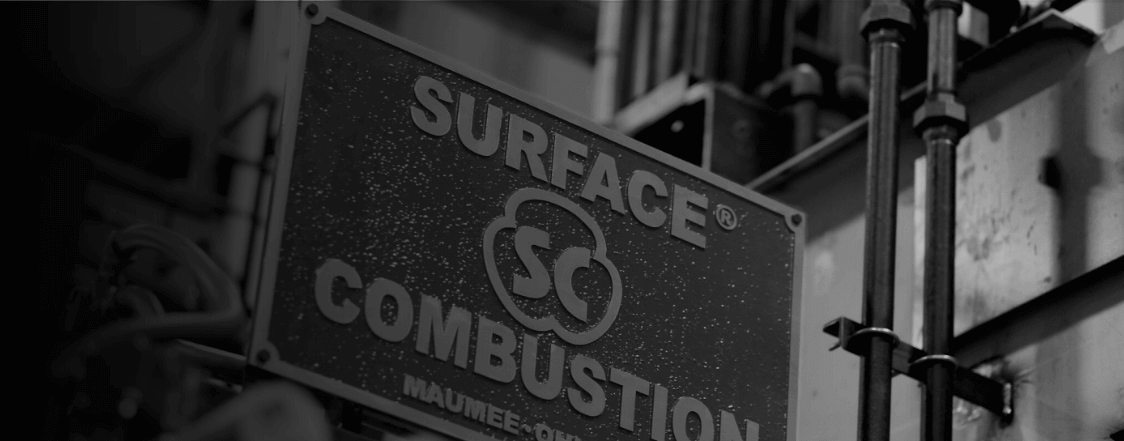Surface® Combustion partners with customers to provide long-term value for their investment with our extensive rebuild, upgrade, and service programs. Your Surface equipment was carefully manufactured for repeatable, reliable performance, however, with time, all equipment needs maintenance, repairs, and upgrades. Since Surface maintains records, including drawings and bills of materials, of every piece of equipment we’ve manufactured over our 100-year history, we are prepared to quickly and efficiently help you. Surface is constantly developing new technology that we can apply to your equipment to make it more productive and efficient, and whether you have a batch furnace, roller hearth, pusher furnace, pit furnace, nitriding furnace, quench furnace, tempering furnace, continuous heat treatment furnace, atmosphere furnace, or custom vacuum furnace we will service your system.
The first step to getting the most out of any piece of equipment is performing suggested preventative maintenance. You would never expect your car to run at peak performance without regular oil changes and tire rotations, so why would the school of thought be any different for a piece of thermal processing equipment? RX® Endothermic Atmosphere Gas Generators should be burned out on a regular basis, and catalyst and heating media need to be replaced when necessary. The burners on an Allcase® BIQ need to be tuned. Belts on continuous furnaces need to be inspected for wear and to ensure proper steering and tracking. Graphite heating elements in vacuum furnaces must inspected and replaced when they show signs of damage or erosion. The list of preventative maintenance needs goes on and on. Our customer service engineers can perform these crucial tasks or offer resources and support so that you can tend to them in house.
It is inevitable that your furnace system or generator maintenance plan will eventually indicate the replacement of consumables such as alloy and refractory. Our new AP™Torque preventative maintenance tool helps you identify the need for alloy replacement in your Allcase.

